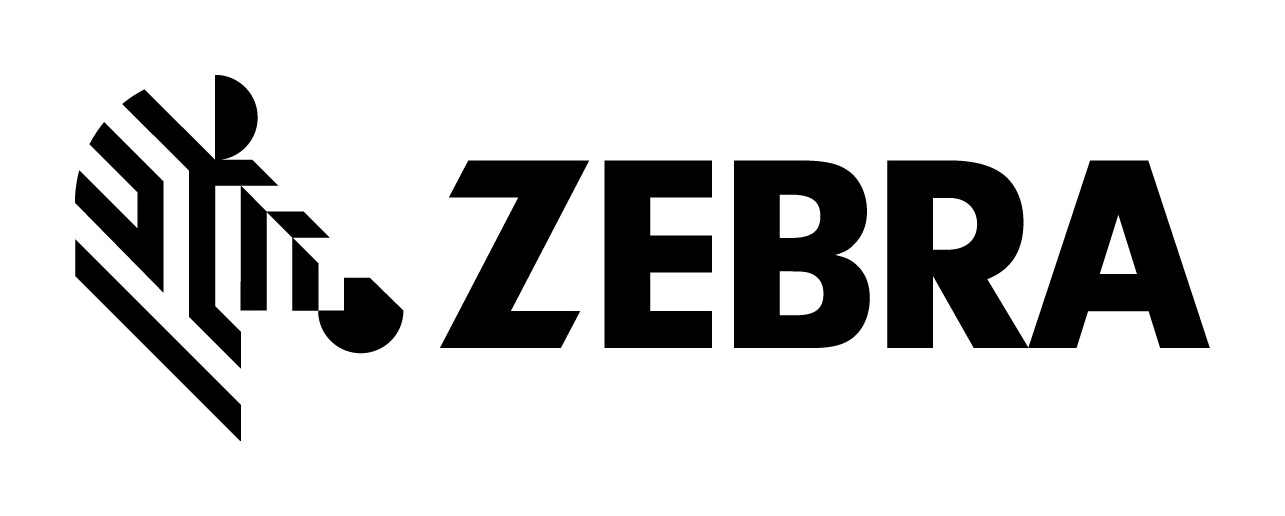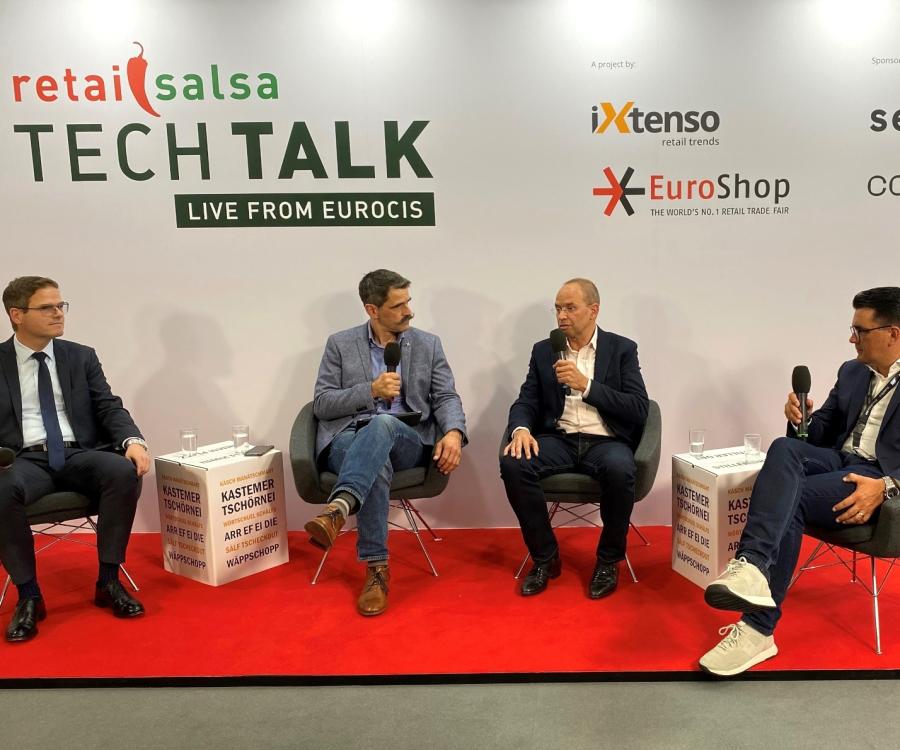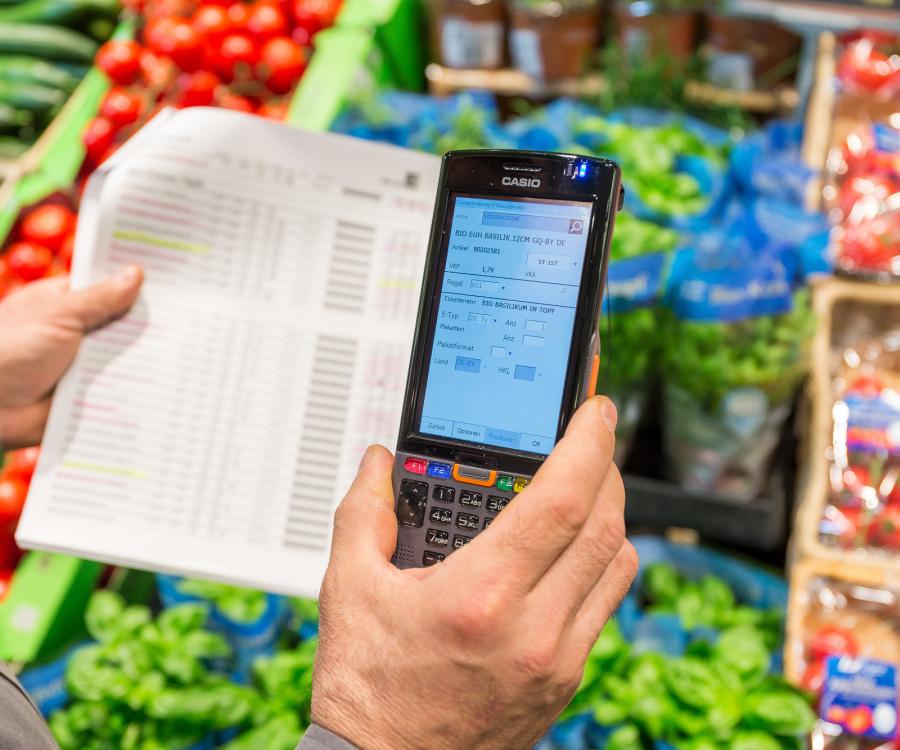
Loss prevention is playing an increasingly important role in reducing inventory discrepancies.
Inventory is a major challenge for companies in the retail sector: 82% of retailers in Zebra's latest 16th Annual Global Shopper Study say that reducing fraud or shrinkage is a major challenge. 80% of the retailers surveyed confirm that their company is under constant pressure to minimise out-of-stocks.
The EHI study Inventory Differences of 2023 shows an increase in inventory differences of 12% to 4.6 billion euros in 2022. ‘The share of losses due to theft from customers, employees, suppliers and service personnel included in this figure totals 3.73 billion euros. Calculated at sales prices, the average amount of inventory discrepancies across all sectors was 0.99 per cent of gross sales and therefore just below the usual rule of thumb of one per cent of sales,’ according to the publishers of the study.
The reduction of inventory discrepancies is therefore an important issue that companies are tackling on several levels. According to EHI, the most important projects for reducing inventory discrepancies in companies, in addition to staff training, are targeted auditing activities and the expansion of camera and video technology. Controls and improved processes in various areas are also on the agenda.
Three strategies for reducing shrinkage and shortages
Innovative technologies and the use of artificial intelligence offer great potential for the revision and forecasting of inventories in order to reduce losses and minimise shortages. Zebra's Workcloud Inventory Optimisation Suite offers comprehensive options for inventory optimisation. It has been proven to help companies increase transparency and reduce costs through intelligent planning and forecasting.

1. Inventory transparency and planning
Companies in the retail sector are faced with a Herculean task: the right products need to be in stock at the right time in the right shop at all times. This can only be achieved through precise stock accuracy, which optimises the inventory ratio and ensures fast processing.
A key factor is therefore the precise recording of stock levels in the inventory. Companies commission third-party providers for annual or semi-annual stocktaking, but these are often too expensive, inefficient, prone to faults and inaccurate. This is why new approaches to stocktaking are needed that reduce costs and enable consistently high stocktaking accuracy.
Accountability and transparency in inventory processes
Zebra's Workcloud Inventory Visibility solution can reduce inventory counting costs by allowing companies to utilise their own employees for counting instead of hiring external staff. With self-scanning, employees perform the count in-store during targeted cycle counts. Routine operations are resumed more quickly and with fewer interruptions, allowing shops to reopen faster. The solution also simplifies returns management and reduces errors that impact the bottom line.
Fashion retailer Vera Bradley uses Workcloud Inventory Visibility self-scanning software and Zebra MC2180 mobile computers for its annual stocktake.
The user-friendly platform allows Vera Bradley employees at all levels (corporate/division/store) to quickly access their inventory data, view stock levels and in-store displays to reduce potential lost sales.
2. Loss prevention with inventory data
Retail organisations battle various forms of fraud and non-compliance on a daily basis - two of the most serious problems in loss prevention. To stem losses, many are not yet utilising one of the most powerful tools: inventory data.
Inventory data is critical because accurate ordering and fulfilment can ensure that stock meets demand and is visible, accurate and available for purchase. With Zebra's Workcloud Actionable Intelligence solution, retailers automatically pinpoint leaks across all channels to reduce waste.
For example, shelf availability can be improved through continuous monitoring in real time. Companies can keep an eye on the location of items to reduce out-of-stocks. As a result, orders can be aligned with consumer demand, price problems can be recognised early and orders can be fulfilled more quickly.
The American food company Lowes Foods uses Workcloud Actionable Intelligence to recognise and contain sources of loss. The result? A significant 76% reduction in fraud and compliance breaches. The company also benefited from improvements in accountability, awareness and customer service.
3. AI-supported demand forecasts
Data is the basis for intelligent inventory decisions to match store orders to consumer demand. AI can be used to identify fluctuations in supply and demand, ensuring that the right product is in the right place at the right time.
Zebra's Workcloud Demand Intelligence Suite unlocks the potential of data and enables decisions based on intelligent forecasts and analyses. With the help of AI and machine learning, more demand factors can be taken into account. The optimised demand data enables companies to forecast demand, plan responsively and fulfil orders smoothly across digital and physical channels.
The solution's forecasts analyse each demand factor to determine the actual demand for a product. With Dynamic Aggregation, the solution learns and adapts itself to forecast for all products, including new, slow-moving and discontinued products. This accuracy improves with each forecast run, streamlining the planning process and enabling the best decisions to be made.
US fashion retailer Belk has used Zebra's Demand Intelligence Suite to optimise inventory management throughout the company by using analytics and demand information to keep track of all store locations and items at all times. This provides Belk's buyers and store managers with state-of-the-art resources to respond quickly to new trends.
From sales planning to supply chain planning to store planning, the use of data helps retail organisations increase sales, eliminate inefficiencies and reduce costs.










